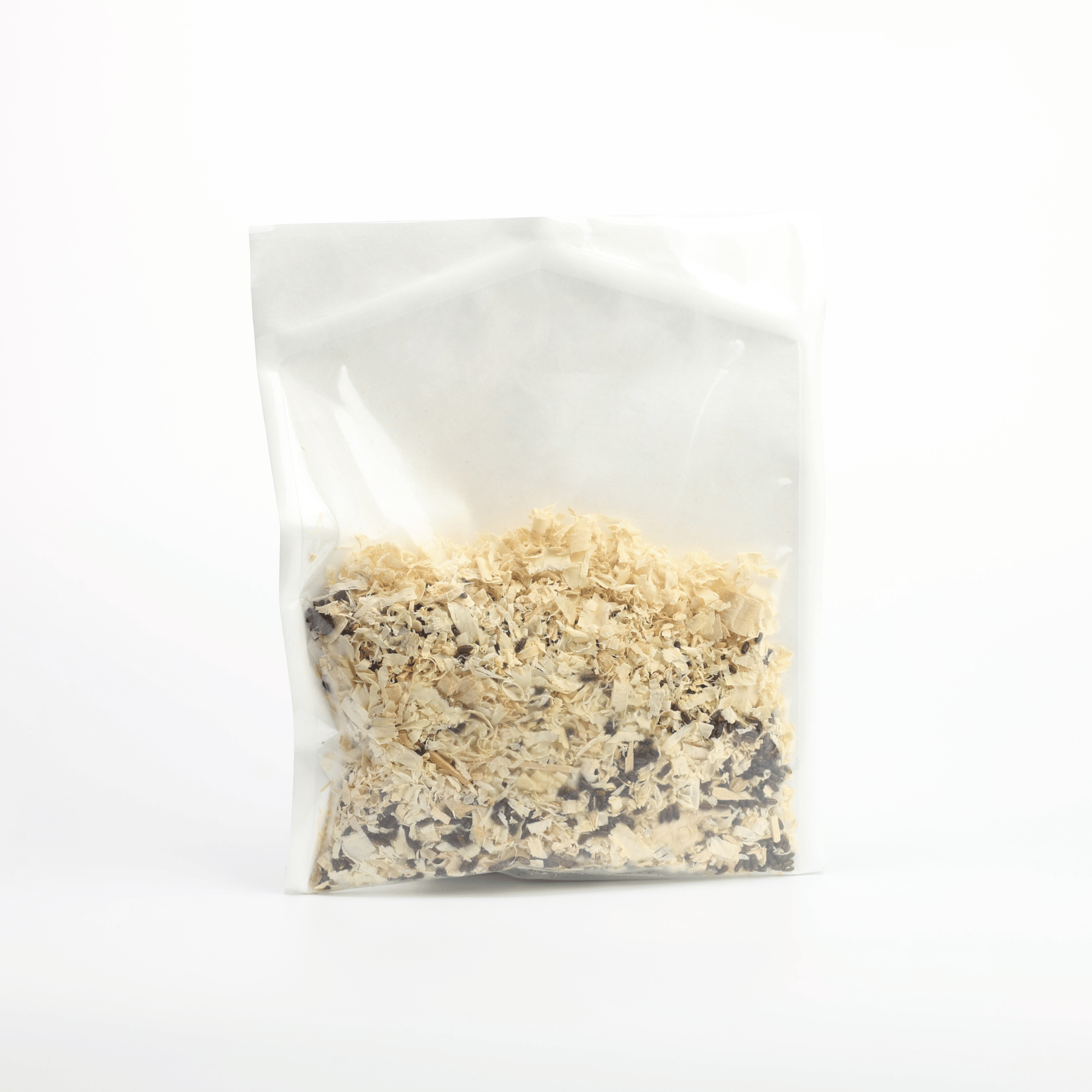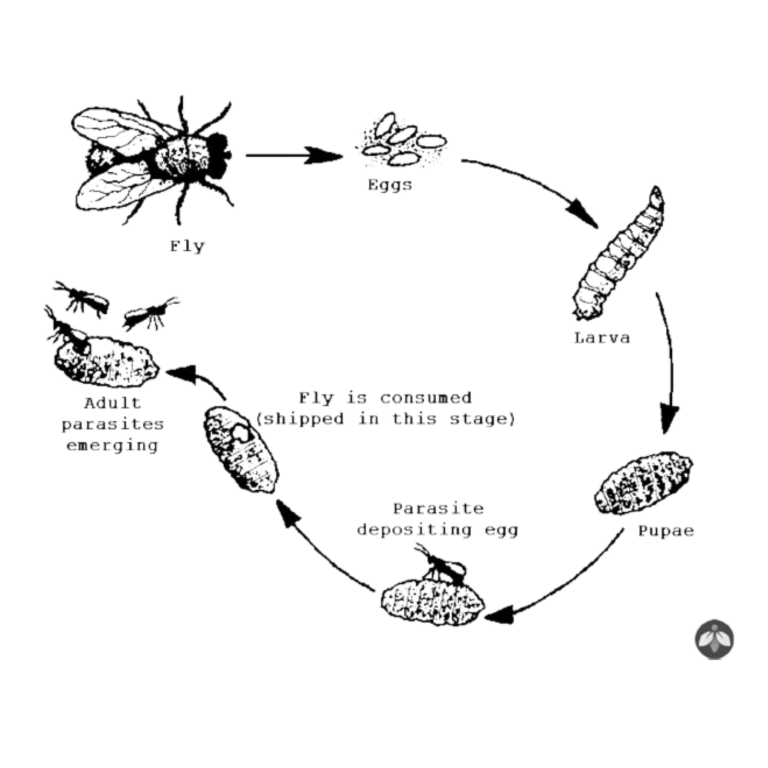FLYforce™
FLYforce™
Beneficial Insectary mass-rears biological pest control agents that explicitly address the natural management, prevention, and control of filth-breeding flies.
Muscidifurax raptorellus, Muscidifurax zaraptor & Spalangia cameroni are all filth-breeding fly parasitoids used for the prevention, control, and management of filth-breeding flies. All sorts of filth-breeding flies – like Musca domestica, also known as the common house fly – make their home in the manure present in livestock and animal husbandry operations.
Stables, farms, dairies, kennels, dumps, racetracks, composting areas, etc. Use these wasps anywhere flies are a problem. They are used in many situations, and we’ve gotten all sorts of positive feedback regarding their efficacy.




The wasps work by laying up to 5 eggs in each fly pupa. The wasps’ eggs hatch and the larval offspring consume the host, the developing fly, the pupae, from within (endoparasitism). New parasites emerge from the host, instead of a new fly. Thus, the cycle continues.
These mini-wasps are shipped as pre-parasitized fly pupae mixed in a bag containing a small amount of pine shavings as a carrier. Upon receipt you can mix the bag’s contents with more shavings so that you may find it easier to treat a larger distribution area. The package may be stored at room temperature until release. Try to release within 48 hours of receiving shipment.
Sprinkle the bag’s contents in and around stalls, feeding areas, manure storage sites and, in other, non-livestock worlds, compost piles, refuse disposal sites or landfills, etc. Put them in protected locations (from hooves, rain, etc.). They can also be deposited into hatching stations to help protect them from issues such as ants or birds.
Start very early in the year (early- to mid-spring) with releases every 3-4 weeks, then close the interval between them as the fly season goes into full-swing. It usually peaks in July-August. If you don’t start early you’ll have a tough time trying to catch up — you’ll have to make a couple double-size applications, at least. The reason is the flies reproduce faster than the parasitoids.
There are several ways to monitor fly populations. Sticky traps (fly tapes, or spot cards, bait traps, and manure sampling are all ways you can monitor you fly population. Determining the level of infestation is up to the user and their tolerance for flies, as well as taking into account any other control practices being used such as cultural methods, chemical methods, and mechanical methods.
This product contains living organisms that require special handling and application procedures.
Live-Product: Beneficial Insectary strives to guarantee the live delivery of the freshest organisms to our customers. We offer replacements or credits for any compromised shipments to our customers that report any issues or concerns within 24 hours. These issues or concerns must be relayed before releasing any organisms that are suspected of having viability issues. Please do not discard the product. You may be requested to return the shipment for further analysis.
Local regulations may impose restrictions on the use of these products. Read the label and product information before use and apply in accordance with specified directions for use.
PRODUCT SPECIFICATIONS
PRODUCT | PACKAGE SIZE Filler/Carrier | LIFE STAGES | PRODUCT CODE |
|---|---|---|---|
Fly Parasitoids – 7,500 | Pouch | Adult / Pupae | P75 |
Fly Parasitoids – 10,000 | Pouch | Adult / Pupae | P10 |
Fly Parasitoids – 20,000 | Pouch | Adult / Pupae | P20 |
Fly Parasitoids – 30,000 | Pouch | Adult / Pupae | P30 |
Bulk – 50k+ | Bag | Adult / Pupae | M1M |
*Contact your Technical Rep for more purchasing options, bulk discounts available
Release Rates for Fly Parasitoids
Animal Type | Quantity per Animal | Frequency |
|---|---|---|
Horses | 7,500 per every 5 horses | Distributed every 2 to 4 weeks |
Cattle, Buffalo | 7,500 per every 5 animals | Distributed every 1 to 3 weeks |
Goats, Sheep, Dogs | 7,500 per every 15 animals | Distributed every 2 to 4 weeks |
Miniatures, Burros | 7,500 per every 10 animals | Distributed every 2 to 4 weeks |
Swine | 7,500 per every 10 animals | Distributed every 1 to 2 weeks |
Chickens, Turkeys (on wire) | 7,500 per every 2,000 birds | Distributed every 1 to 2 weeks |
Ostriches, Emus | 7,500 per every 15 birds | Distributed every 2 to 4 weeks |
Llamas, Alpacas | 7,500 per every 10 animals | Distributed every 2 to 4 weeks |
Feedlots, Dairies, Zoos and all other | Please call us for recommendations: 800-477-3715 | |
Life Cycle

